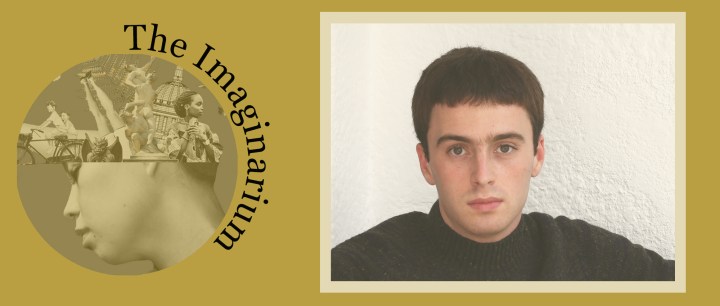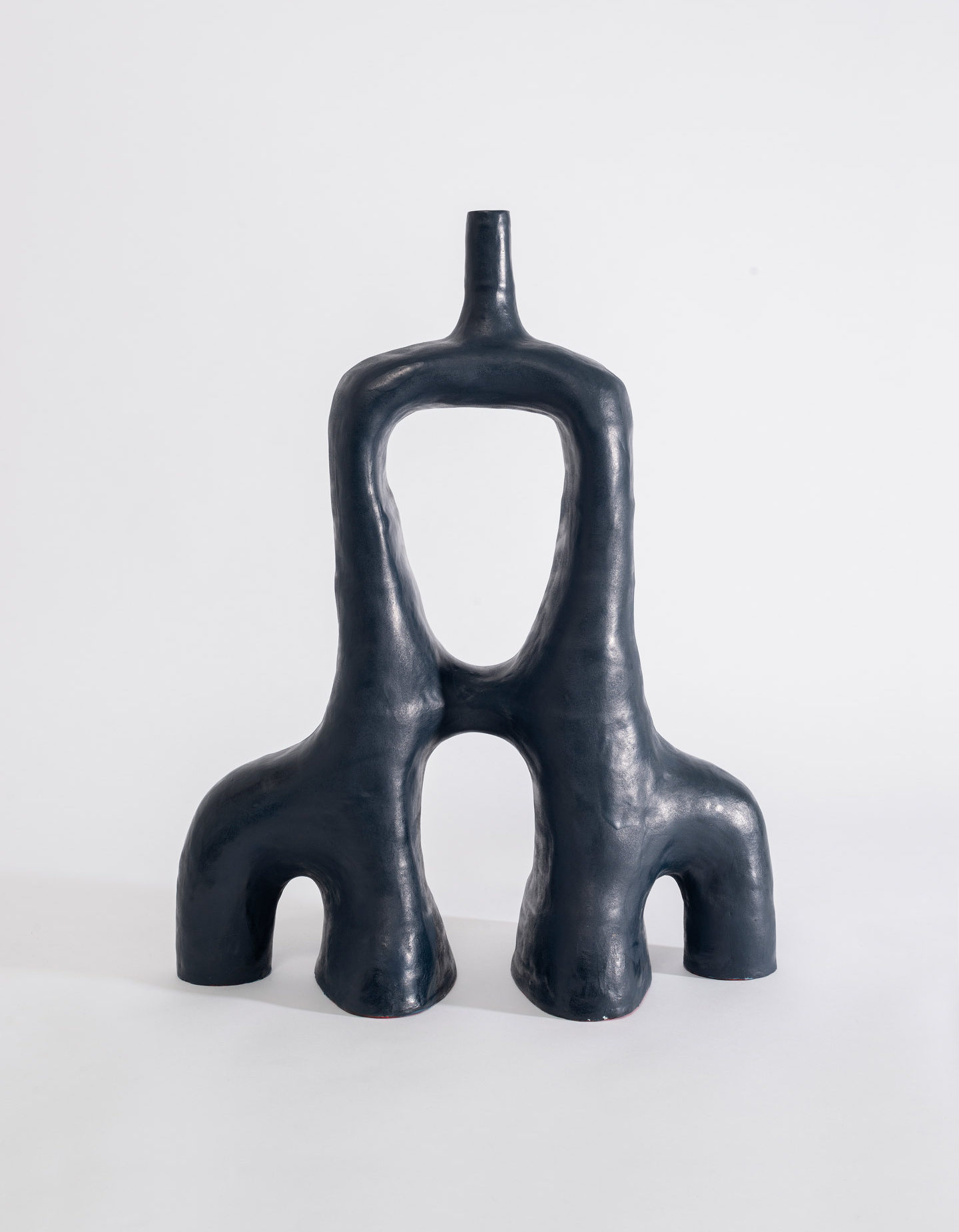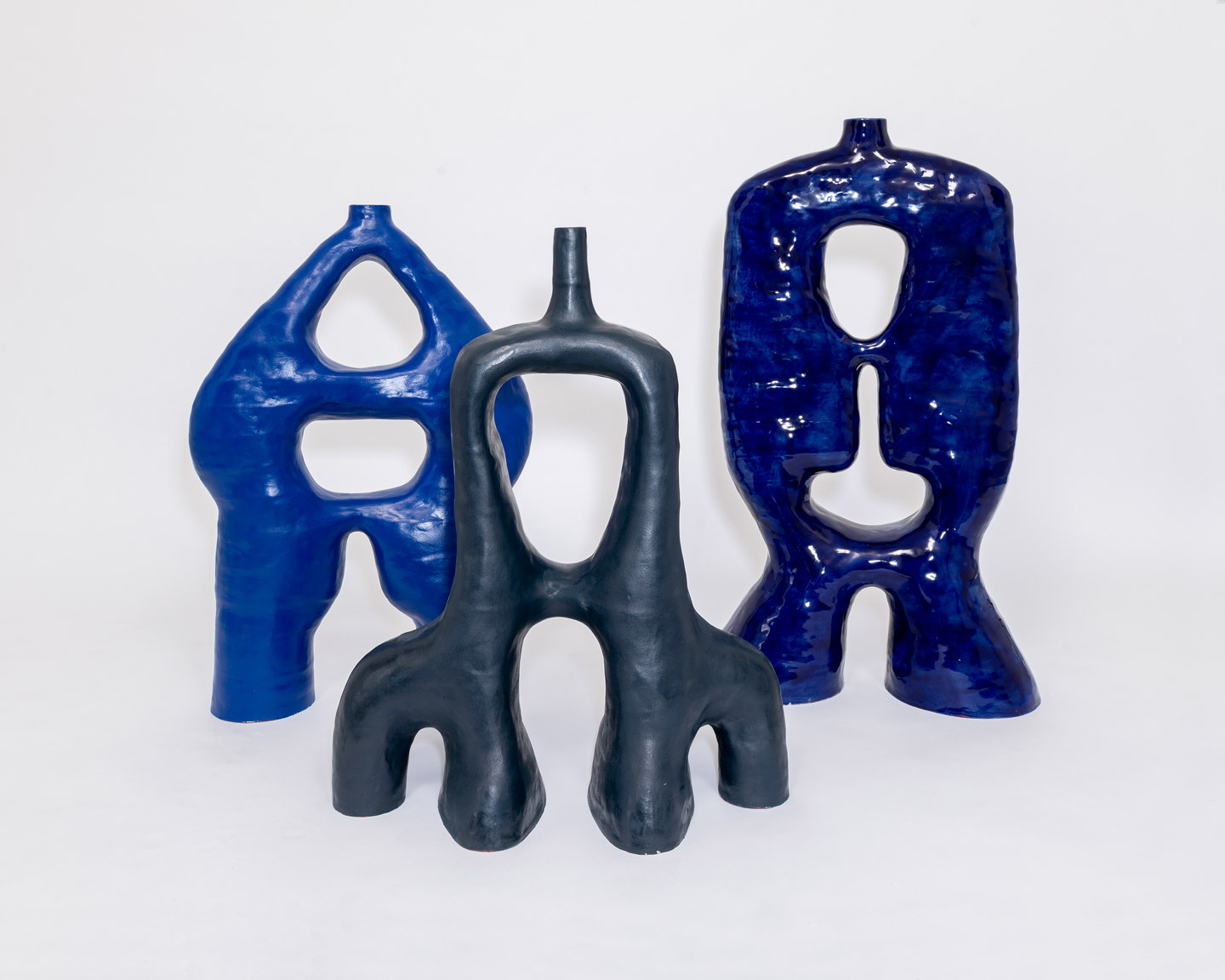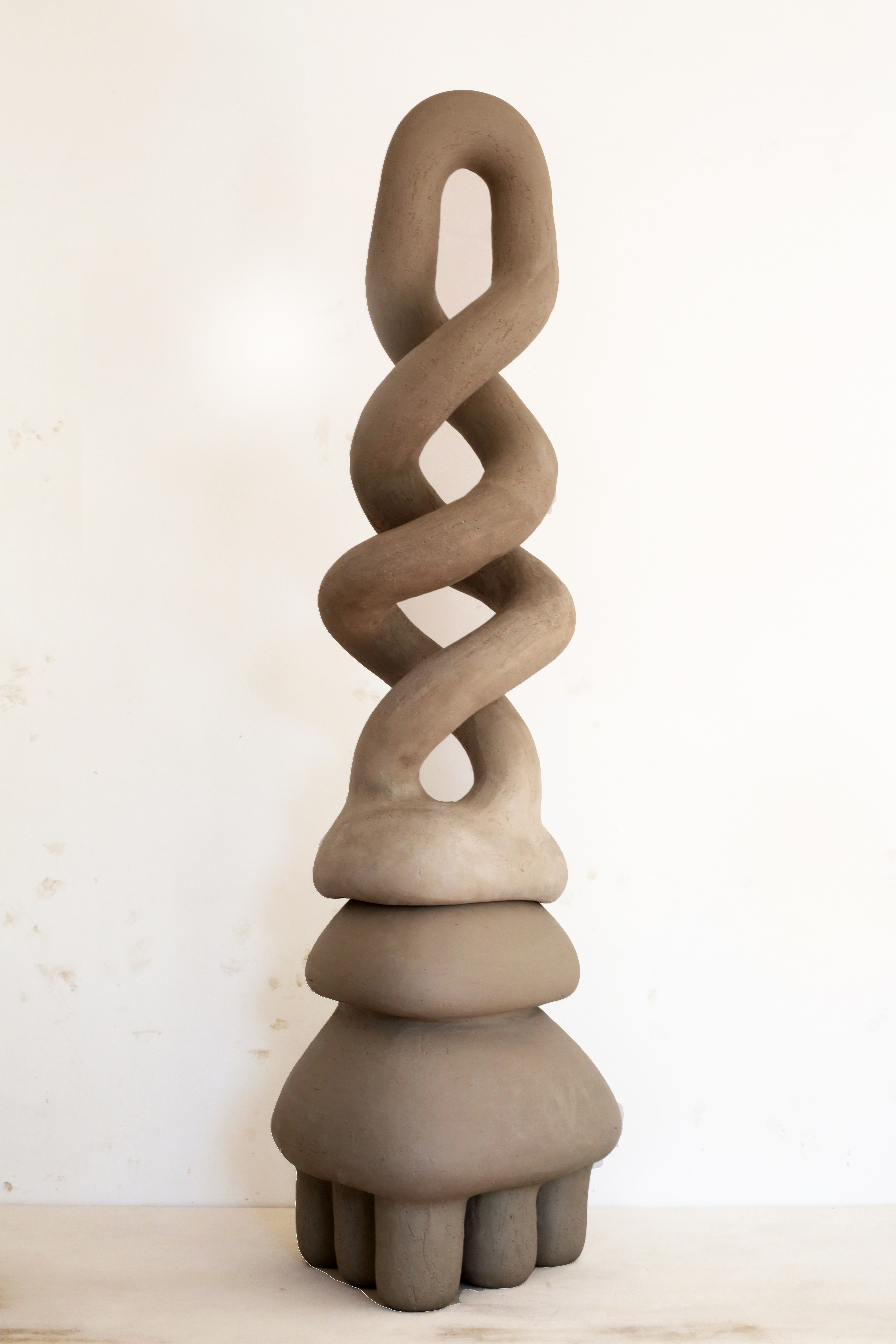THE IMAGINARIUM
Ben Orkin: On queer love and ceramic art

The pandemic has affected most aspects of life and the world of design, art and culture is no exception. In this series, we talk to artists, creatives, designers and musicians about their work and what inspires them in these surreal times.
“There have been great teachers over the decades, certainly in the last 50 years, that have really helped to shape the practice, there have been strong departments and university courses. It’s a very robust and exciting and dynamic medium in South Africa,” said Cape Town-based Southern Guild gallery co-founder Trevyn McGowan, in an interview we published in February about the increase in popularity of ceramic art, especially since the turn of the millennium.
That is not to say that artists had not been experimenting and creating with clay prior, but rather to note the increase in interest from collectors and enthusiasts. Which in turn makes it that much more possible for artists to experiment, innovate, and explore clay as a medium to comment on and interrogate relevant and contemporary subject matter.
Twenty-two-year-old artist Ben Orkin is currently completing the final year of his BA Fine Arts at the University of Cape Town’s Michaelis School of Fine Art. In 2019, he had his first solo exhibition at Cape Town-based WhatIfTheWorld gallery, which featured a series of ceramic sculptures.

IʼLL BE YOUR VESSEL, 2019. Glazed ceramic vessel, approx 65 x 50 x 25 cm
Photograph by Matthew Bradley

Glazed ceramic vessels by Ben Orkin, 2019. Photograph by Matthew Bradleys
At first glance, what might catch the viewer’s attention is the unusual shapes. A closer look reveals a symmetry in each of the sculptures. Queer love, sex, and the human form might not immediately come to mind as you try to make out the unusual and beguiling glazed silhouettes, but that is exactly at the core of his practice.
“Previously, my work has been about the oneness that is found in love, where two parts merge harmoniously into one being. Gay partnership shows two bodies physically reflecting each other and so my sculptures were symmetrical shapes inspired by the human form,” says Orkin. Themes such as mutual support and sacrifice, dependency, tension, and community run through the work.
While 2020 will undoubtedly be remembered as the year that the coronavirus shook the globe, Orkin had another virus in mind while preparing for his graduate exhibition later this year: “I’ve been working on a body of work for my final year graduate exhibition, which is focused on the Aids epidemic in the 1980s. I’d say that it is my attempt to understand a part of its legacy and realise the impact it has had on the gay community. Although I wasn’t alive during the epidemic, it feels very real to me. This is true even more so today while we face this pandemic together. My thinking is focused around the physical and emotional barriers that exist in intimacy between partners, as fears grow around virus contraction.
“I am very lucky to have a studio at home where I have been spending most of my time keeping busy,” he says — and like the rest of us, he too is observing, and trying to make sense of living through this particular time in human history. “It has been really interesting for me to witness this mass distancing of people, their fears, the panic, ignorance, and isolation, but simultaneously a coming together in a way, or a sharing of common purpose to defeat the pandemic.”

A current sculpture in progress, by Ben Orkin.
He is currently working on one of the pieces which will form part of his graduate exhibition, which he shared with Maverick Life. “It begins with short, stump-like feet, arranged in a triangle, moving up into pyramid-like form and then repeated on top again a smaller pyramid and then again an even smaller pyramid. Out of the third pyramid sprout two tubes, which move around each other in a spiral form, but never actually touch. Only at the end the viewer can see that these two parts are actually one singular tube as they connect together. I’ve also been thinking about the barriers between the two parts. As these tubes move around each other they almost become tangled together but there is a very clear space between them,” he explains.
As with the symmetry of his previous work, elements of repetition are clear, but here they are explored even further, appearing even more intentional. “I’ve also been interested in pattern and repetition as shapes literally repeat each over and over getting bigger or smaller. In this way I’ve been thinking about history repeating itself, which feels again more relevant when we think of what is happening today and the fears, and barriers, which have been created because of a virus.”
Even with past epidemics and pandemics in mind, these are still strange times for many of us. Routines have been disrupted and the future is uncertain. For Orkin, the predictability of certain parts of his artistic process have become a source of comfort: “The process of making a ceramic piece is like a pattern too in its repetitive nature. The form is literally created by rolling and joining coils over and over and over, building the shape upwards in stages. It is a very slow and controlled process for me which I enjoy as I find comfort in pattern, which produces familiarity.” DM/ML

















 Become an Insider
Become an Insider